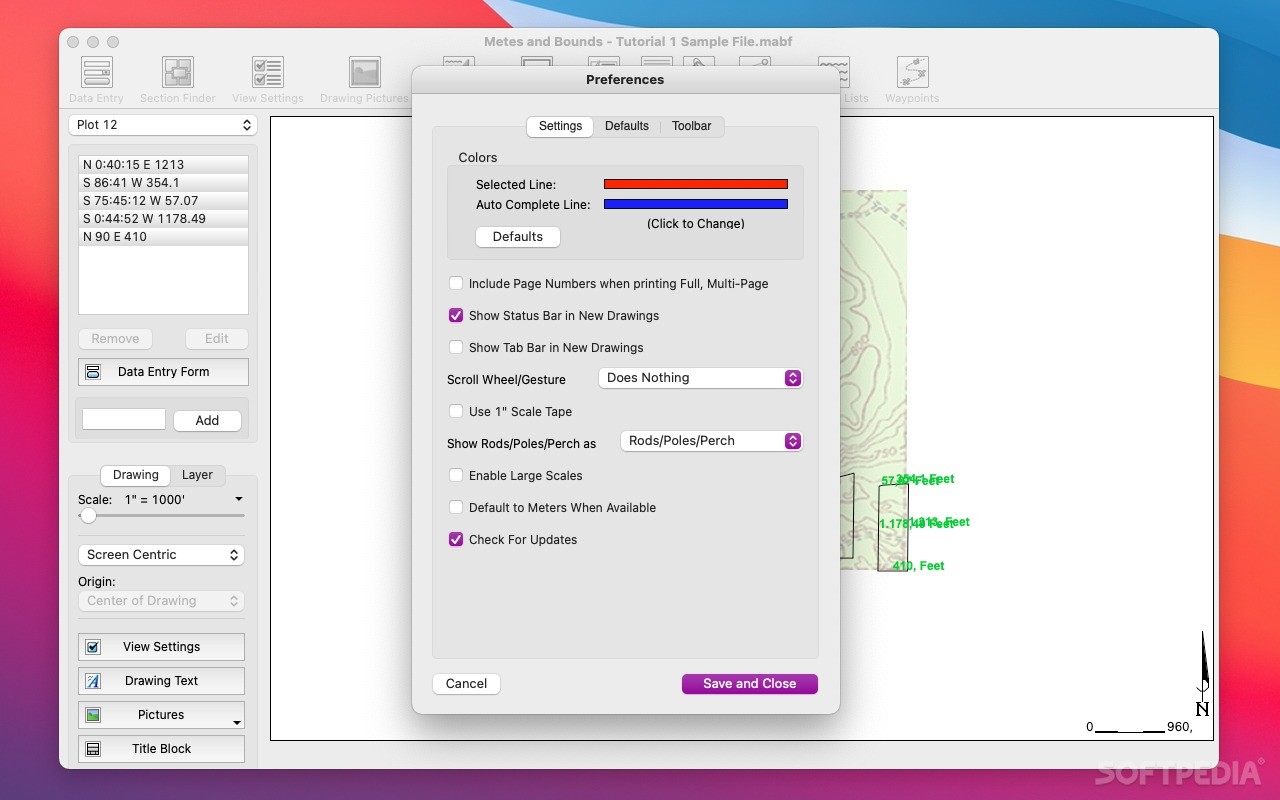

A mailing label lists your name, street address, city, state, and country. Government Survey System or Public Land Survey System functions just like a mailing label on an envelope. If you want to define smaller properties, we can take the “southeast ¼ of section 3,” which will only be 160 acres. For example, you can say the “east ½ of section 3.” That means the property is 320 acres and located on the east half of that section. Sections are further broken down into half and quarter sections repeatedly until you identify the exact location of a property. One section is 1 mile or 640 square acres, so it still covers a large piece of land and must be divided again. Each section is numbered, starting at the top right corner and going back and forth, left to right, in a serpentine pattern. Remember, a township is 6 miles by 6 miles.

Townships are then broken down into “sections,” which are 36 blocks, each being 1 square mile. That means it is 3 townships north of the baseline and 5 townships east of the principal meridian. For example, you would say, “it is in township 3 north, range 5 east,” to identify a property. Range lines run parallel to the principal meridian and determine how far east and west the township is of that meridian.Īll township locations are defined by referencing how from they are from the principal meridian and baseline. Township lines run parallel to the baseline, from east to west, defining how far north and south of the baseline a township is located. Township locations are identified by tier or township lines and ranges. There are 16 townships in each quadrangle. Townships are 36 miles square, 6 miles on each side, and are located within quadrangles. It’s worth noting quadrangles are not used when identifying land with the rectangular survey method, only the principal meridians, baselines, and townships and sections. The lines are spaced 24 miles apart, creating squares that are around 576 square miles. Standard parallels run east to west along with the baseline. Guide meridians run north to south, parallel with principal meridians. Guide meridians and standard parallels form quadrangles. The land is then further divided into quadrangles. When identifying property locations, you will always reference which principal meridian it is located near. Baselines run parallel to the earth’s equator, from east to west. Principal meridians run perpendicular to the earth’s equator, north to south. The largest grid comprises of two types of lines, principal meridians, and baselines. The rectangular survey system may just be a giant grid covering the United States, but understanding how it is used can seem a little complex, so stick with us while we cover the basic definitions.

How Do You Use the Rectangular Survey System? They are often combined to create a more accurate map of property boundaries. The Rectangular Survey System is used for surveying land for sale and settling, along with the Metes and Bounds survey method. What Is the Rectangular Survey System Used For? This process continues, creating a smaller and smaller grid that can be used to identify the specific location of any property. Those quadrangles are divided into smaller squares called townships. Using those lines for references, quadrangles are formed, which are smaller squares identifiable by where they are located near the principal meridian and baseline. These principal meridian lines are named or numbered to identify their location. The rectangular survey system is comprised of principal meridian lines that cover most states in the US, running north to south and baselines running east to west. Metes and Bounds surveys are still used in many states however, they differ from the Public Land Survey System as they are not based on any grid but instead identify objects on the land, measurements, and compass directions. This system was part of the Land Ordinance enacted in 1785 by President Thomas Jefferson.īefore the Rectangular Survey System was established, the Metes and Bounds survey was the only way of identifying who owned what land. As the United States grew from its original 13 colonies, a system was needed to identify who owned what land. The Rectangular Survey System was established in 1785 to identify, divide, and measure land, creating boundary lines for property owners. The grid is divided into smaller sections known as quadrangles, townships, sections, half-sections, and quarter-sections, used to describe property boundaries in most of the United States. The Rectangular Survey System, also known as the Government Survey System or Public Land Survey System, is a method of plotting land boundaries in the United States using a large grid made up of rectangles.


 0 kommentar(er)
0 kommentar(er)
